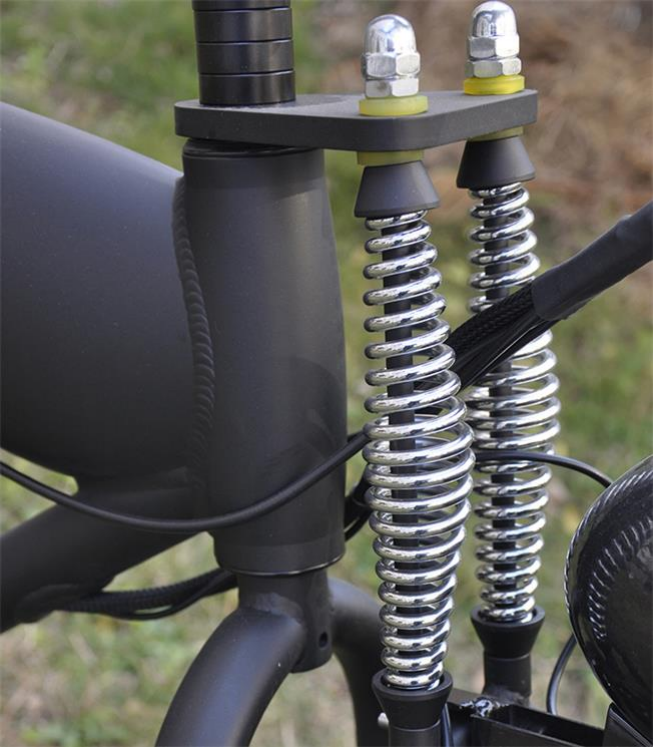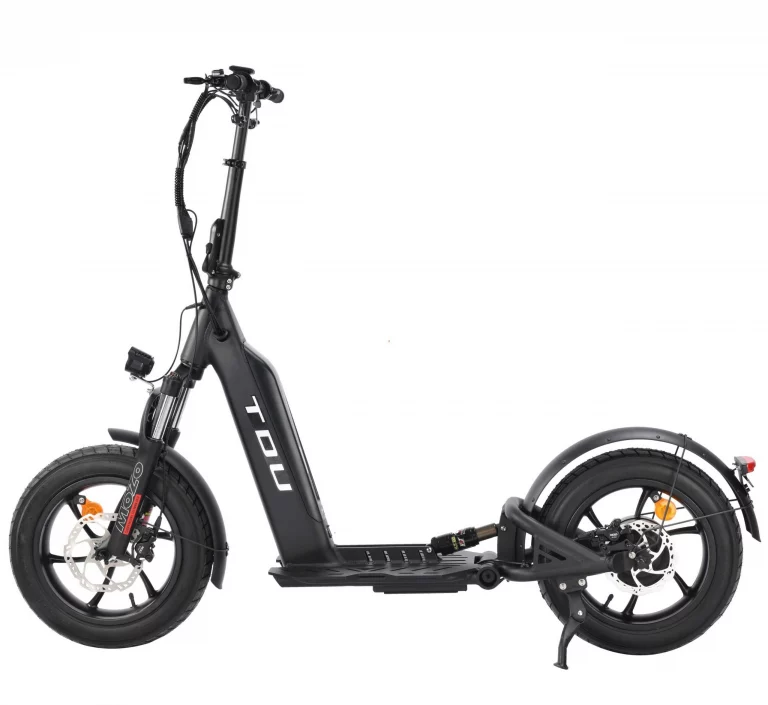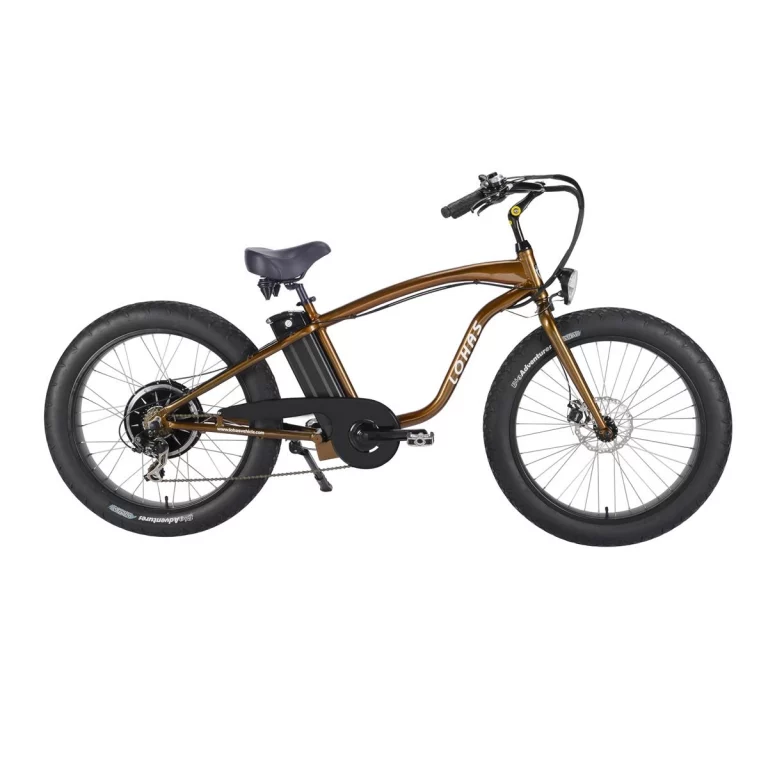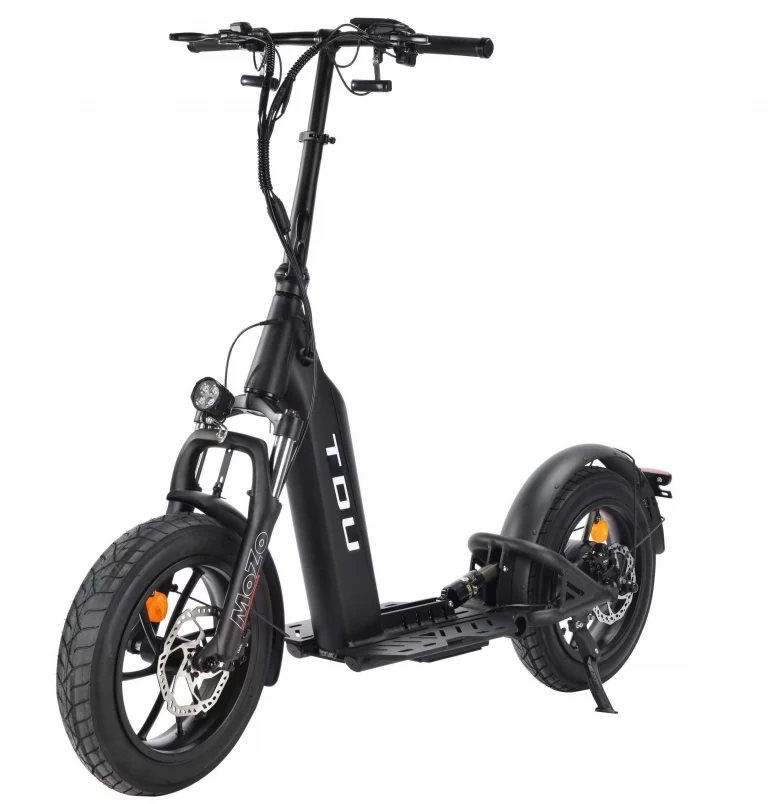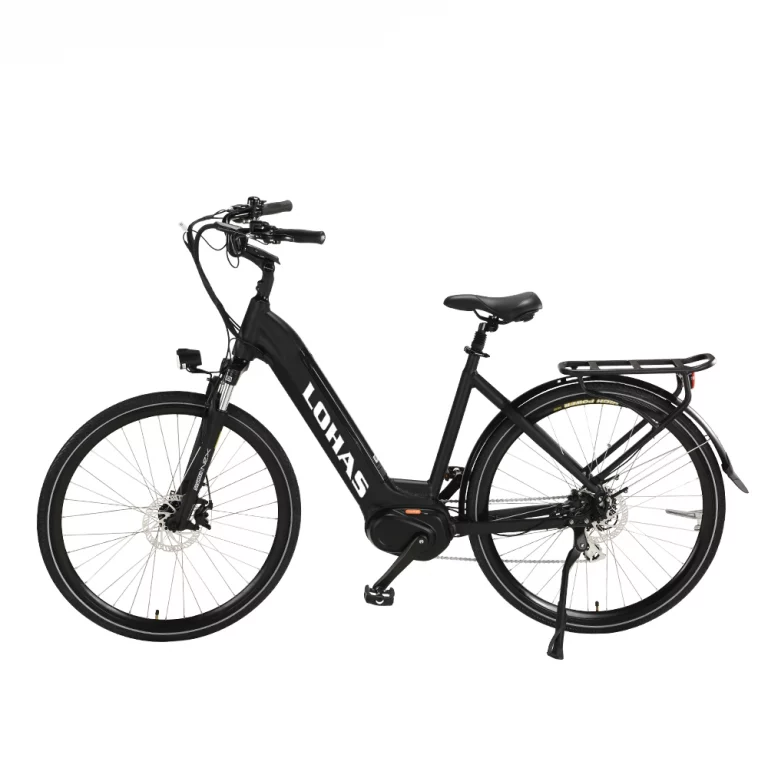Understanding Electric Bike Batteries
Types of Batteries
Electric bikes, or ebikes, use rechargeable batteries. These power their motors. Most ebikes rely on lithium-ion batteries. They are energy-dense. They are lightweight. They last long. The KCMTB045 model has a 48V 17.5Ah lithium-ion battery. It is removable. It offers a 60-100km range with pedal assist. The KCMTB039 model uses a 48V 14Ah lithium-ion battery. It provides a 40-70km range. These suit varied rider needs. They handle different terrains.
Lithium-ion batteries deliver steady power. They recharge fast. Lead-acid batteries are less common. So are nickel-metal hydride ones. These are heavier. They have shorter lifespans.
How Batteries Work
An ebike battery powers the motor. The motor aids pedaling. It is often in a wheel hub. Or it is near the pedals in the frame. Sensors detect pedaling. They activate the motor. This provides assistance. Handlebar controls adjust the level.
This system eases tough terrains. It supports long commutes. The battery stores electrical energy. The motor turns it into mechanical energy. This ensures smooth rides.
Best Practices for Charging Your Electric Bike
Proper Charging Methods
Correct charging preserves battery health. Use the manufacturer’s charger. Ensure it matches your battery’s specs. Incompatible chargers harm batteries. They reduce efficiency.
Charge in a ventilated area. Keep it at room temperature. Avoid charging right after riding. The battery may be warm. Let it cool first. Don’t fully drain the battery. Keep charge levels between 20% and 80%. This extends lifespan.
Using the Right Charger
The correct charger is vital. It ensures performance. It maintains safety. The KCMTB038 model has a specific charger. It suits its 48V 10.4Ah lithium-ion battery. These chargers control voltage. They manage current. This prevents overcharging. It avoids overheating.
Manufacturers design chargers for their batteries. This ensures proper charging cycles. It protects internal parts. Always check compatibility. Do this before buying a replacement charger.
Avoiding Overcharging
Overcharging shortens battery life. It is a common error. Modern lithium-ion batteries have protection systems. These reduce overcharging risks. But relying on them causes wear.
Unplug the charger at full capacity. Don’t leave it plugged in overnight. Avoid extended charging periods. Overcharging creates heat. This damages components. It lowers efficiency.
Environmental Factors Affecting Battery Life
Temperature’s Role
Temperature impacts battery performance. Lithium-ion batteries work best at 20°C to 25°C. That’s 68°F to 77°F. Extreme heat risks thermal runaway. This is when heat causes more heat. It can damage the battery permanently.
Cold reduces capacity temporarily. Normal conditions restore it. In cold climates, insulate the battery. Store it indoors when not in use.
Optimal Storage Conditions
Proper storage maintains battery health. Store in a dry place. Avoid direct sunlight. Steer clear of extreme temperatures. For long-term storage, charge to 50%. Don’t keep it fully charged. Don’t let it fully drain.
Don’t leave the bike outdoors. Moisture causes corrosion. It leads to damage. Check connectors during storage. Look for wear. Spot oxidation.
Common Mistakes to Avoid While Charging
Using Wrong Chargers
Using an incompatible charger is a major mistake. It can damage the battery. It poses safety risks. The KCMTB038 model uses a specific charger. It is designed for its 48V 10.4Ah lithium-ion battery. These chargers regulate power flow. They protect battery components.
Mismatched chargers disrupt charging cycles. They shorten battery life. Always verify compatibility. Check this for replacement chargers. This ensures performance. It prevents damage from wrong voltage or current.
Partial vs. Full Charging
Misjudging charging habits harms batteries. Frequent partial charging can imbalance cells. This reduces capacity over time. It lowers efficiency.
Fully discharging before every charge is not ideal. Modern batteries like the KCMTB045’s 48V 17.5Ah lithium-ion perform best between 20% and 80%. Balance partial and full charges. This preserves health. It ensures lasting performance.
Tips for Prolonging Battery Lifespan
Regular Maintenance Checks
Routine inspections extend battery life. Check connectors for wear. Look at terminals. Inspect the casing. Corrosion disrupts power flow. It reduces efficiency.
Clean the battery with a soft cloth. Keep it free of dirt. Avoid moisture. If issues appear, contact the manufacturer. Or consult a service provider. LOHAS focuses on eco-friendly designs. Their products are durable. They perform well in varied conditions.
Ensure connections are tight before rides. Loose ones cause power issues. They may overheat. This affects safety and function.
Monitoring Charge Levels
Track charge levels during use. Do this for storage too. Avoid dropping below 20% often. Deep discharges stress cells. They cut capacity over time.
For long storage, charge to 50%. Don’t keep it fully charged. Don’t let it drain completely. Store in a dry place. Avoid extreme temperatures. Cold reduces capacity temporarily. Insulate in winter. Store indoors.
Monitoring catches issues early. This prevents bigger problems. It maintains performance.
FAQs
How often should I charge my electric bike?
Charge after each ride if possible. Avoid dropping below 20% often.
Can I use any charger for my electric bike?
No. Use a compatible charger. Match your model’s voltage and amperage.
What happens if I leave my electric bike plugged in overnight?
Modern batteries resist overcharging. But repeated overcharging degrades performance.
How does cold affect my electric bike?
Cold lowers battery capacity temporarily. Store indoors in winter when not in use.
Contact Yongkang LOHAS Vehicle Co., Ltd. for high-quality electric bikes. They design eco-conscious models. Their innovative techniques meet diverse needs.


